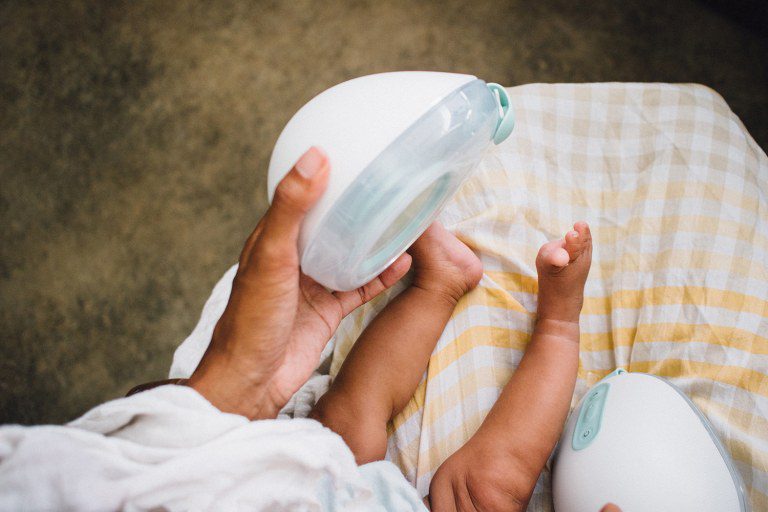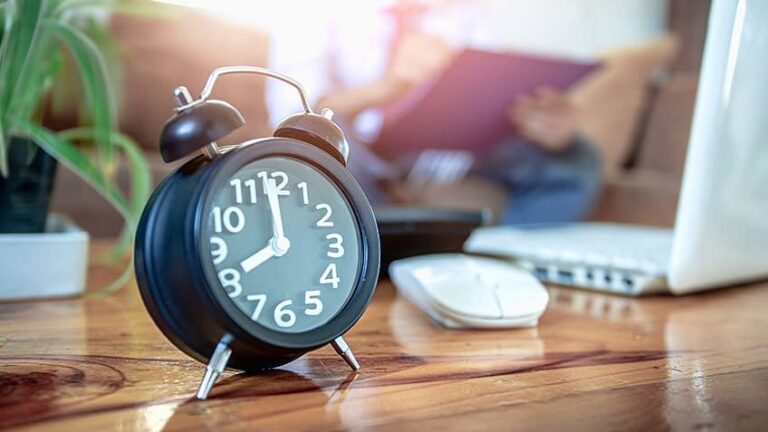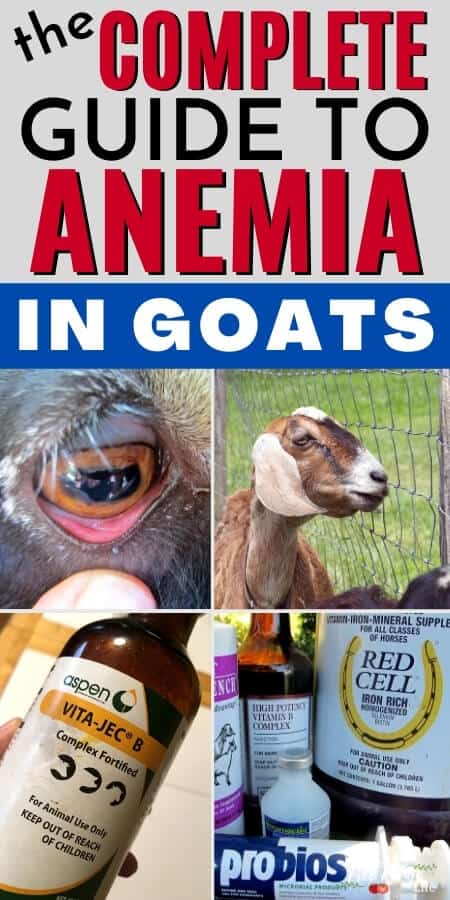How Long Can Baby Be in Carrier: Your Ultimate Guide
A baby should not be in a carrier for several hours. It is recommended to limit periods in the carrier to one hour at a time to ensure the baby’s safety and developmental well-being.
Carrying the baby in a wide-based, ergonomic sling supports their natural position and is beneficial for their physiological development. There is no official time limit for carrying the baby in a carrier, but it is important to consider safety and developmental risks, such as suffocation, overheating, hip dysplasia, and positional asphyxiation.
Ultimately, the baby’s comfort and contentment should be the determining factor in how long they can stay in the carrier.

Credit: parentalpicks.com
Understanding Baby Carriers And Their Benefits
Baby can be in a carrier for up to an hour at a time, according to experts. It’s important to prioritize their safety and comfort, as prolonged use may have developmental risks such as suffocation and hip dysplasia.
What Is A Baby Carrier And Why Use One?
A baby carrier is a device that allows parents to carry their infants or toddlers comfortably while keeping their hands free. It is a popular choice among parents as it provides a secure and cozy environment for the baby while promoting bonding between the parent and the child. Baby carriers are designed to mimic the feeling of being held in a parent’s arms, providing a sense of security and comfort for the baby.The Advantages Of Using A Baby Carrier
There are numerous benefits to using a baby carrier for both parents and babies. Here are some of the advantages:- Promotes bonding: Babywearing allows parents and babies to develop a strong emotional connection. The close physical contact and proximity to the parent’s heartbeat and voice create a sense of security and trust.
- Convenience and mobility: With a baby carrier, parents have the freedom to move around and perform daily tasks while keeping their baby close. It allows them to go for walks, run errands, or do household chores without the hassle of pushing a stroller.
- Comfort for the baby: Baby carriers provide a snug and supportive environment for the baby, keeping them in a natural, ergonomic position. This helps to prevent discomfort and promotes healthy hip and spine development.
- Hands-free parenting: Using a baby carrier frees up the parent’s hands, allowing them to multitask and attend to other children or tasks while keeping their baby close and secure.
- Stimulation and learning: When babies are carried in a carrier, they are exposed to the parent’s daily activities and interact with their surroundings. This stimulates their senses, promotes cognitive development, and enhances their learning.
- Comfort for the parent: Baby carriers are designed with padded straps and waistbands to distribute the baby’s weight evenly, reducing strain on the parent’s back and shoulders. This makes it more comfortable for the parent to carry their baby for extended periods.
- Privacy and breastfeeding: Baby carriers provide a discreet and private space for breastfeeding in public. The baby can be latched onto the breast easily, allowing for convenient and comfortable nursing on the go.
Types Of Baby Carriers And Their Features
There are various types of baby carriers available, each with its own unique features and benefits. Here are some popular types of baby carriers:| Type | Features |
|---|---|
| Wrap carriers |
|
| Soft-structured carriers |
|
| Mai Tai carriers |
|
| Ring slings |
|
| Hybrid carriers |
|
The Importance Of Proper Positioning In A Baby Carrier
Proper positioning in a baby carrier is essential for the safety and comfort of both the baby and the caregiver. Experts recommend limiting the time a baby spends in a carrier to around one hour at a time to avoid any issues related to suffocation, overheating, and hip dysplasia.
When it comes to using a baby carrier, proper positioning is crucial for your little one’s safety and comfort. The way you position your baby in a carrier can impact their head, neck, and spine alignment, as well as their overall development. Understanding the ideal positioning and ensuring proper support is essential for a positive babywearing experience.
The Ideal Positioning For A Baby In A Carrier
Ensuring that your baby is positioned correctly in a carrier is vital for their well-being. Here are some key points to consider:
- Spread Squat Position: Place your baby in a spread squat position, with their knees higher than their bottom. This position supports their developing hips, promotes healthy hip joint formation, and reduces the risk of hip dysplasia. It also allows for optimal blood circulation.
- Supported Neck and Head: Make sure your baby’s head is well-supported at all times. Their head should be close enough to kiss, ensuring easy monitoring and access for nursing if needed. Supporting their neck and head prevents strain and discomfort.
- Upright and Tightly Snugged: Position your baby in an upright, snug position against your chest. This promotes their natural spinal curve and helps prevent slumping or hunching over, which can compromise their breathing and oxygen flow.
Ensuring Proper Support For Your Baby’s Head, Neck, And Spine
Proper support for your baby’s head, neck, and spine is crucial for their safety and development. Follow these tips to ensure adequate support:
- Choose the Right Carrier: Select a carrier that offers proper padding and support for your baby’s head and neck. Look for carriers with adjustable straps and headrests for a customizable fit.
- Use Inserts: If using a carrier for newborns or infants, consider using inserts or infant supports to provide extra support for their delicate neck and head.
- Regularly Check Positioning: Periodically check your baby’s positioning while in the carrier to ensure proper alignment of their head, neck, and spine. Make any necessary adjustments to maintain their comfort and safety.
Tips For Achieving Correct Positioning In A Carrier
Follow these tips to achieve correct positioning in a baby carrier:
- Practice First: Before using a carrier with your baby, practice wearing it without them. Familiarize yourself with the straps, buckles, and adjustments to ensure your baby’s comfort once they are in the carrier.
- Read the Instructions: Always read the manufacturer’s instructions for your specific carrier model. Each carrier may have different guidelines for proper positioning and adjustments.
- Ensure a Snug Fit: Adjust the carrier straps to ensure a snug and secure fit. This will prevent your baby from slumping or shifting around in the carrier, maintaining proper alignment of their head, neck, and spine.
- Regularly Monitor: Continuously monitor your baby’s positioning while in the carrier. Check that their airway is clear, and they can breathe comfortably. Make any necessary adjustments for their safety and comfort.
By following these guidelines and ensuring proper positioning in a baby carrier, you can provide your little one with the optimal support and comfort they need during your babywearing journey.
How Long Should You Carry Your Baby In A Carrier?
When it comes to carrying your baby in a carrier, it’s important to find the right balance between comfort and safety. You want to provide your baby with the closeness and security they need, but also ensure that they are not spending too much time confined in the carrier. So, how long should you carry your baby in a carrier?
Expert Recommendations For The Duration Of Time In A Carrier
According to Dr. Fisher, a renowned pediatrician, it is recommended to limit the periods in a carrier to an hour at a time. This is because spending extended periods in a carrier can lead to risks such as suffocation, overheating, and hip dysplasia. By keeping the time in the carrier to an hour, you can reduce the chances of these risks occurring and ensure the well-being of your little one.
Although there is no official time limit for carrying your baby in a carrier, it’s crucial to prioritize their safety and comfort. It’s always a good idea to consult with your pediatrician for specific recommendations based on your baby’s age, health, and developmental stage.
Factors To Consider When Determining How Long To Carry Your Baby
When deciding how long you should carry your baby in a carrier, there are a few important factors to consider:
- Baby’s age: Newborns and younger babies may need more frequent breaks from being in a carrier due to their developing muscles and limited neck control. As your baby grows older, you can gradually increase the duration of time in the carrier.
- Baby’s cues: Pay attention to your baby’s cues and signs of discomfort or overstimulation. If your baby becomes fussy, starts crying excessively, or shows signs of overheating, it may be time to take them out of the carrier.
- Carrier type: Different carriers have varying levels of support and comfort. Some carriers, such as wraps or slings, may distribute weight more evenly and allow for longer periods of carrying. Others, like structured carriers, provide more stability and support for shorter durations.
- Environmental conditions: Consider the temperature and humidity levels in your surroundings. Babies are more vulnerable to overheating, so it’s important to avoid exposing them to excessively hot or humid conditions for prolonged periods.
By taking these factors into account, you can find the right balance that ensures both the safety and comfort of your baby when carrying them in a carrier.
Balancing Your Baby’s Comfort And Safety In A Carrier
When it comes to carrying your baby in a carrier, it’s essential to strike a balance between their comfort and safety. Here are a few tips to help you achieve this:
- Proper positioning: Ensure that your baby is in an ergonomic position with their hips and knees flexed and supported. This helps prevent hip dysplasia and provides optimal comfort for your baby.
- Frequent breaks: Take regular breaks from carrying your baby in the carrier to allow them to stretch, move, and change positions. This helps prevent overstimulation and discomfort.
- Monitoring your baby: Keep a close eye on your baby’s breathing, body temperature, and overall well-being while in the carrier. If you notice any signs of distress or discomfort, it’s important to remove them from the carrier immediately.
By following these guidelines and paying attention to your baby’s needs, you can create a safe and comfortable environment for them when using a carrier. Remember, every baby is unique, so it’s important to listen to your instincts and make adjustments as necessary.
Signs That Your Baby May Need A Break From The Carrier
As an SEO friendly content writer, I can provide a short description for the topic “Signs that Your Baby May Need a Break from the Carrier” without using any overused phrases. Here it is: “Recognizing signs such as fussiness, red marks, or a baby arching their back can indicate that they may need a break from the carrier.
It is important to be attentive and ensure that your baby’s comfort and safety are prioritized while using a carrier. “
Recognizing Signs Of Discomfort Or Overstimulation In Your Baby
Babies communicate their needs through various cues, and it’s essential for parents to be attentive and responsive. When you have your baby in a carrier, it’s crucial to be aware of any signs that they may be experiencing discomfort or overstimulation. Below are some indicators to look out for:- Crying or fussiness: If your baby becomes increasingly irritable or starts to cry excessively, it may be a sign that they need a break from the carrier. This could be due to factors like hunger, tiredness, or simply feeling uncomfortable in the carrier.
- Arching of the back: If your baby arches their back or tries to lean backward while in the carrier, it could indicate that they are uncomfortable or seeking a change in position. It’s important to address this discomfort promptly to ensure their well-being.
- Restlessness or squirming: Babies have limited mobility while in a carrier, and prolonged confinement in one position can lead to restlessness or squirming. If your baby seems unable to settle or constantly moves around, it may be a sign that they need a break to stretch and move freely.
- Excessive sweating: Overheating is a common concern when using a baby carrier, especially in warm weather or when wearing bulky clothing. If you notice that your baby is sweating excessively while in the carrier, it’s a clear sign that they may be too warm and could benefit from some time out of the carrier to cool down.
- Reduced eye contact or avoidance: Babies are naturally curious and enjoy exploring their surroundings. If your baby starts to avoid eye contact, seems disinterested, or looks away from stimuli while in the carrier, it may indicate that they are feeling overwhelmed and need a break from the sensory input.
Understanding When Your Baby May Need A Break From The Carrier
Recognizing when your baby needs a break from the carrier is crucial for their comfort and overall well-being. While there is no set time limit for how long a baby can be in a carrier, it’s important to observe their cues and respond accordingly. Here are some key indicators that your baby may need a break:- Excessive fussiness or crying: If your baby becomes increasingly fussy or starts crying inconsolably while in the carrier, it’s a clear sign that they need a break. Take them out of the carrier to address their needs and provide comfort.
- Restlessness or discomfort: If your baby appears restless, tries to adjust their position continuously, or shows signs of discomfort like arching their back, it’s a signal that they need a break from the carrier to readjust and stretch.
- Overheating or sweating: Babies are vulnerable to overheating, and if you notice that your baby is sweating excessively while in the carrier, it’s essential to take them out and cool them down. Ensure proper ventilation and dress them in lightweight clothing.
- Unresponsiveness or disinterest: Babies thrive on interaction and stimulation. If your baby seems unresponsive, avoids eye contact, or shows disinterest in their surroundings while in the carrier, it’s an indication that they may be overstimulated and need a break to calm down and relax.
Alternatives To Carrying Your Baby In A Carrier For Extended Periods
While baby carriers are convenient for keeping your little one close and comfortable, it’s essential to give them breaks to promote healthy development and ensure their well-being. Here are some alternative ways to carry your baby and provide them with variety:| Using a stroller: | Consider using a stroller when you need to give your baby a break from the carrier. This allows for more freedom of movement and gives them a chance to observe their surroundings from a different perspective. |
| Tummy time: | Give your baby some supervised tummy time on a safe, flat surface. This helps strengthen their neck, back, and core muscles while giving them a break from being confined in a carrier. |
| Cradle hold: | If your baby needs a break from being worn in a carrier, try holding them in a cradle position. This allows for more freedom of movement and provides a change in perspective for your little one. |
| Playtime in a safe area: | Set up a safe play area where your baby can explore their surroundings independently. This gives them the opportunity to move freely and engage with toys, stimulating their senses and promoting their cognitive development. |
Tips For Ensuring A Comfortable And Safe Experience In A Baby Carrier
To ensure a comfortable and safe experience in a baby carrier, it is recommended to limit the time to about an hour at a time. It is important to prioritize the baby’s comfort and avoid prolonged periods in the carrier to prevent potential risks such as suffocation or overheating.
Choosing The Right Carrier For Your Baby’s Age And Size
When it comes to baby carriers, choosing the right one that suits your baby’s age and size is crucial for a comfortable and safe experience. Infants require carriers that provide head and neck support, such as ring slings or soft-structured carriers with infant inserts. As your baby grows, you can transition to carriers that offer more back support and a wider seating area. Consult the manufacturer’s guidelines or seek professional advice to ensure you select the appropriate carrier for your little one’s needs.
Adjusting The Carrier For A Secure Fit And Optimal Comfort
Proper adjustment of the baby carrier is essential for both security and comfort. Before placing your baby in the carrier, make sure it is properly fitted to your body by adjusting the straps, waistbands, and buckles. A secure fit ensures that your baby is not at risk of slipping or falling out of the carrier. Additionally, consider adjusting the carrier to a height that allows you to kiss your baby’s forehead without straining your neck. This not only fosters a close bond but also provides a comfortable and safe experience for both you and your baby.
Maintaining Proper Hygiene And Cleanliness Of The Carrier
Keeping your baby carrier clean is vital to ensure a hygienic and safe environment for your baby. Regularly check the manufacturer’s instructions for cleaning and maintenance. Some carriers are machine washable, while others may require spot cleaning or hand washing. Consider using a removable and washable liner to protect the carrier from stains and spills. It is also important to inspect the carrier regularly for any signs of wear and tear, such as frayed straps or weak buckles. Replace any damaged parts immediately to maintain the carrier’s functionality and safety.
In conclusion, using a baby carrier can provide a wonderful bonding experience for both parent and baby. By selecting the right carrier, adjusting it properly, and maintaining cleanliness, you can ensure a comfortable and safe experience for your little one, allowing you to enjoy your time together while on the go.
Frequently Asked Questions For How Long Can Baby Be In Carrier
How Long Can A Baby Be In A Carrier At A Time?
A baby should be in a carrier for around an hour at a time to avoid discomfort.
Is It Ok For Baby To Be In Carrier All Day?
It is not recommended for a baby to be in a carrier all day. It is advisable to limit the time in a carrier to one hour at a time. Carrying your baby in a wide-based, ergonomic sling is beneficial for their development.
However, prolonged periods in a carrier can pose safety and developmental risks.
How Long Can A Baby Carrier Last?
A baby can be in a carrier for up to an hour at a time, as advised by Dr. Fisher. It is important to limit their time in the carrier to avoid any risks or discomfort.
How Long Do Babies Fit In A Carrier?
Babies can be in a carrier for up to an hour at a time. It is not recommended to keep them in the carrier for several hours.
Conclusion
There is no official time limit for how long a baby can be in a carrier. However, it is recommended to limit periods in the carrier to around an hour at a time. Prolonged periods in a carrier can pose safety and developmental risks like suffocation, overheating, and hip dysplasia.
It is important to ensure that the baby is in a spread squat position and that both the baby and caregiver are comfortable. As always, it is best to consult with a healthcare professional for specific guidelines and recommendations.








